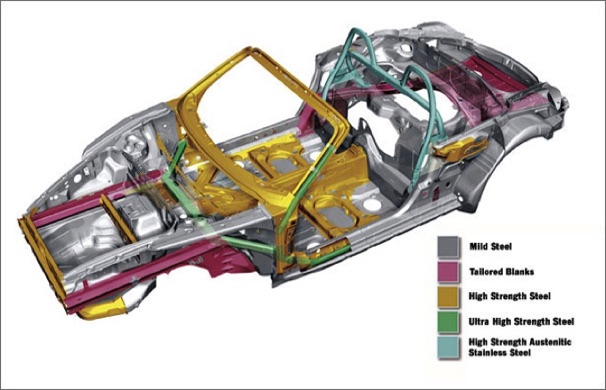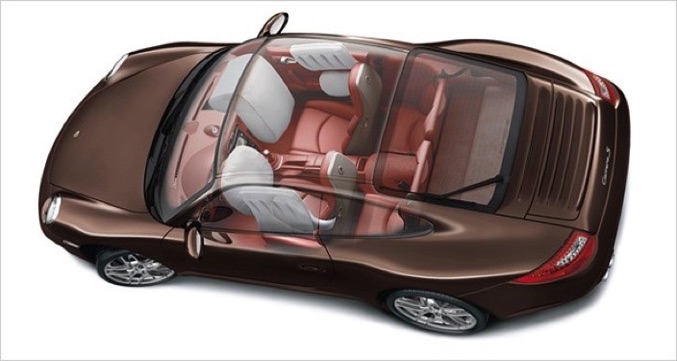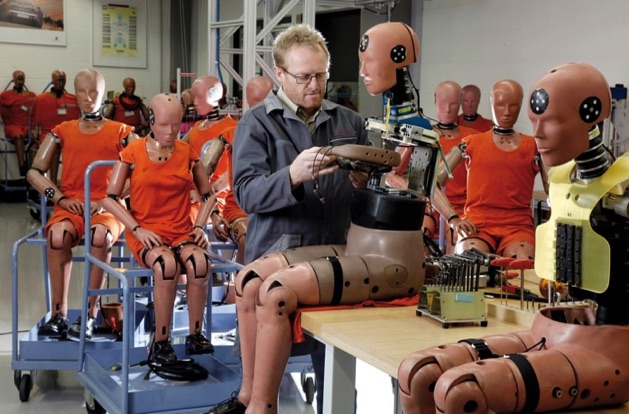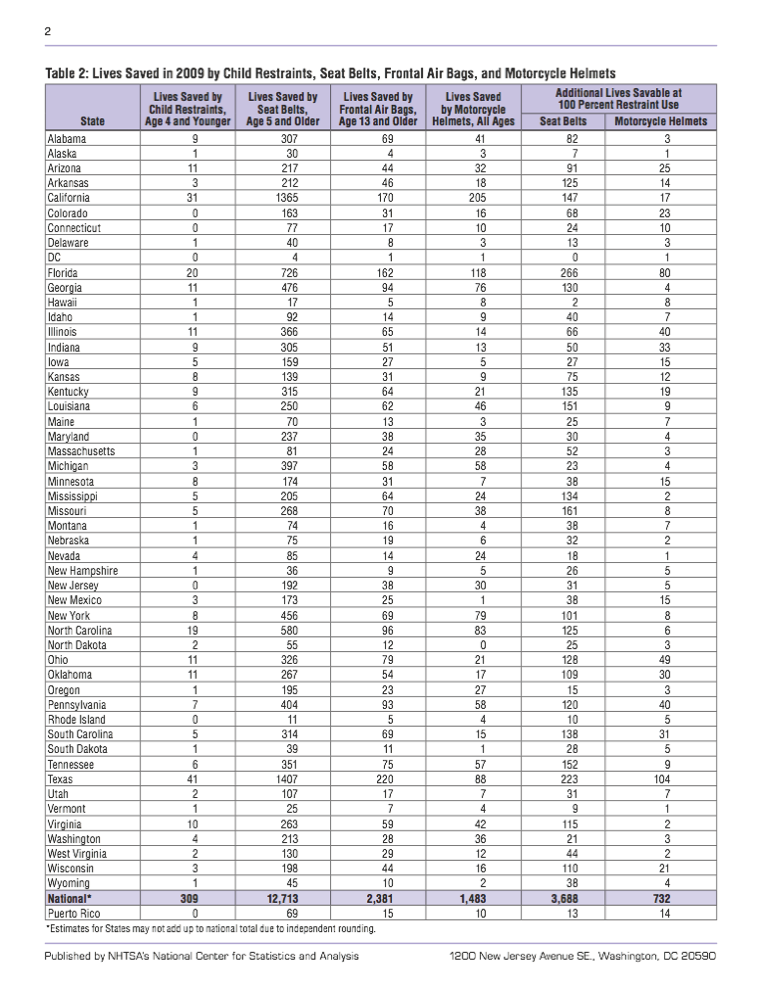
Published in the January 2011 issue of “Die Porsche Kassette”
Speed doesn't kill ... it’s the sudden deceleration that does.
And that’s precisely why, first the seatbelts and then the airbags were introduced as safety features in automobiles.
In general, most humans can just barely survive a sudden deceleration of 40G.
In a typical frontal crash at a speed of 60 mph, the driver and passengers can probably survive if they are using restraint systems such as safety belts and their car is equipped with airbags.
Part of the reason that the passengers can survive is also due to the car’s safety design. All modern cars, Porsches included, take into consideration when designing the vehicle, safety crush zones to further reduce the “sudden stop” of the passengers in a frontal crash.

By the act of the car’s crushing, the passengers are slowed down by 4 feet (that’s how much the car shrinks by the impact) and the airbags will slow down the passengers another 18 inches.
Federal Frontal-Impact Standards now call for a maximum of 60 Gs on the chest of the crash dummy, for 35 milliseconds.
To give you an idea of what 60 Gs is, it’s the equivalent of stopping from 30 mph in less than 1 foot. If the person involved in this sudden deceleration normally weighs 200 lb, during this sudden stop his body will weigh 12,000 lbs (6 tons) and his head, which normally weighs around 10 lbs will briefly weigh 600 lbs.
The first safety restraint system was the seat belt which was patented by Edward Claghorn in 1885. They were offered as optional equipment by Nash in 1949 and Ford in 1955, but it was Saab that first introduced them as standard equipment in 1958.
Because of the low usage of the by then standard seatbelts in the 70s, auto manufacturers decided to develop the Supplemental Restraint System (SRS) also known as the Airbag.
In 1980, Mercedes-Benz introduced the airbag (witch they had patented in 1971) on their high-end S class.
In 1987 Porsche introduced the first automobile in the world to have as standard equipment driver and passenger airbags. That car was the 944 Turbo. The 944 and 944 S offered them as optional equipment that same year.
By 1998 the National Highway Traffic Safety Administration (NHTSA) mandated as standard equipment dual frontal airbags.
Today, the technology has evolved to also include side impact airbags to further protect the vehicle’s occupants.

Because of the still low utilization of the safety belts by drivers and passengers in the US, airbags fitted in cars registered in the US have to trigger much more forcefully than airbags for the rest of the world. This created uneasiness by some and today many of our modern cars now use electronic controllers that can recognize if the safety belts are being used or not by the passengers and alter the airbag’s deployment parameters in accordance to further increase the passenger’s survivability in a crash.


Make sure your car’s SRS (Airbag) is working properly.
Check that the Airbag light first comes on when you turn the ignition, but then shuts off after the engine is running.
If it stays on there is an issue with the system which should be checked.
It it doesn’t light up at all, the bulb may be burnt. Have it checked as well.
So buckle up and Happy Porsche-ing,
Images courtesy of Porsche.
Safety Data courtesy of NHTSA
© 2011 Technolab/PedrosGarage.com


